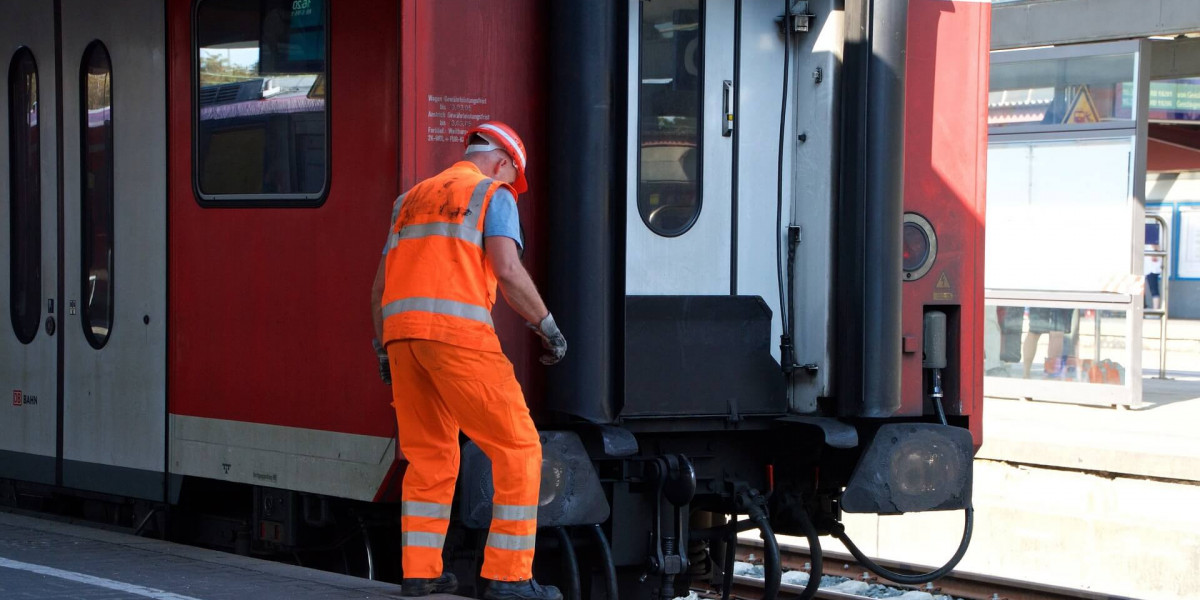Introduction
Economic downturns and recessions pose significant challenges to the stainless steel market, affecting demand, production, and pricing. The industry, closely linked to sectors such as construction, automotive, and manufacturing, experiences fluctuations in consumption and investment during financial crises. This article examines the impact of economic downturns on the stainless steel market and how companies navigate these challenges.
Effects of Recession on the Stainless Steel Market
1. Decline in Demand from Key Industries
During a recession, industries that heavily rely on stainless steel—such as construction, automotive, and infrastructure—often reduce production and investment. Lower consumer spending and delayed projects result in decreased demand for stainless steel products.
2. Price Volatility and Cost Pressures
Recessions lead to price fluctuations in the stainless steel market due to reduced demand and increased competition among suppliers. Companies may face financial strain as raw material costs remain volatile, impacting profit margins.
3. Supply Chain Disruptions
Economic downturns can cause supply chain disruptions, including reduced availability of raw materials, delayed shipments, and financial instability among suppliers. Companies may struggle to maintain efficient production levels while managing logistical challenges.
Strategies for Market Resilience During Economic Downturns
1. Cost Optimization and Efficiency Improvements
To mitigate financial pressure, stainless steel manufacturers implement cost-cutting measures, such as streamlining operations, reducing waste, and improving energy efficiency. Investments in automation and digitalization help enhance productivity while lowering costs.
2. Diversification of Product Offerings
Companies adapt to economic downturns by expanding their product portfolios to cater to alternative markets, such as medical equipment, renewable energy, and food processing industries. These sectors may experience steady or increased demand even during recessions.
3. Sustainable and Recycled Stainless Steel
Sustainability initiatives, such as using recycled stainless steel and adopting eco-friendly production methods, help companies reduce costs and attract environmentally conscious customers. Green steel initiatives gain prominence as governments and businesses prioritize sustainability.
Government Policies and Economic Stimulus Measures
1. Infrastructure Spending and Economic Recovery Programs
Governments often introduce stimulus packages and infrastructure projects to revive economic growth during recessions. Increased public spending on construction, transportation, and energy sectors boosts stainless steel demand.
2. Trade Policies and Tariff Adjustments
Economic downturns may lead to changes in trade policies, including tariff reductions and government subsidies, to support domestic stainless steel manufacturers. Adjustments in import-export regulations influence market dynamics.
Future Outlook and Industry Adaptation
As the global economy recovers from downturns, the stainless steel market gradually regains stability. Companies that embrace technological advancements, diversify revenue streams, and focus on sustainable practices are better positioned to withstand economic challenges and seize emerging opportunities.
Conclusion
Recessions and economic downturns present significant challenges to the stainless steel market, including declining demand, price volatility, and supply chain disruptions. However, companies that implement cost-saving strategies, innovate in production, and adapt to evolving market needs can navigate financial crises more effectively. Long-term resilience in the industry depends on sustainable practices, government support, and strategic diversification.









